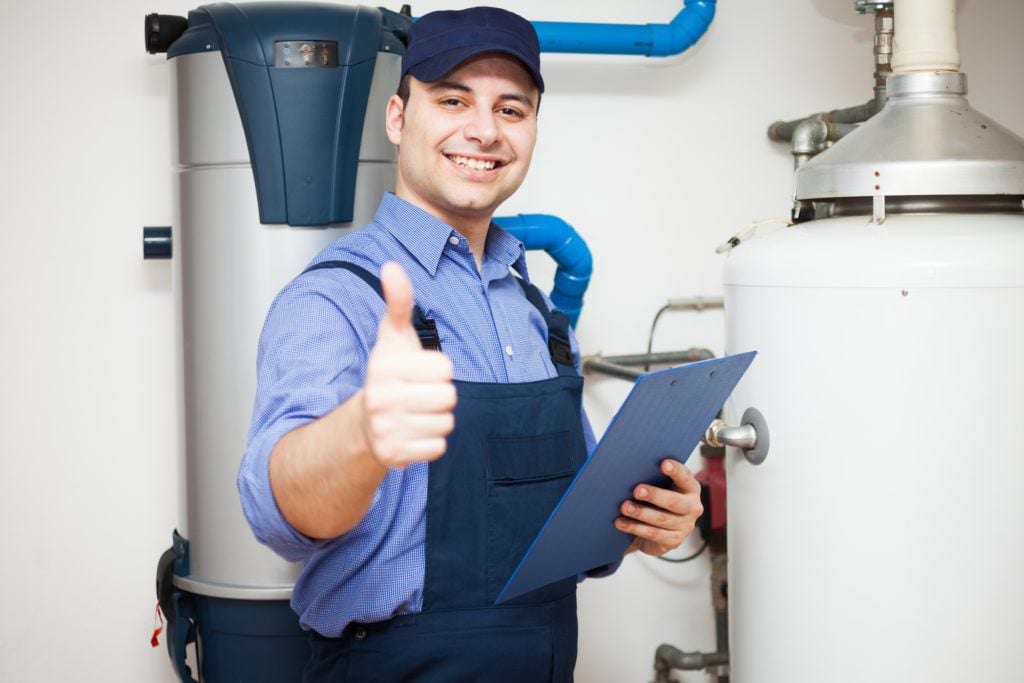December 23rd, 2020

It is hard to imagine a household without a hot water heater these days. Without them the homeowner won’t enjoy warm baths, clean clothes, and shiny pots and pans. Unfortunately most of us take our water heater for granted, until it stops working at the most unexpected moment. Refusing to take cold showers, people would urgently call a plumber or be forced to get a brand new water heater. To avoid such an unpleasant situation, think about preventative maintenance that could prevent the plumbing disaster.
Water heater maintenance is usually ignored because the tank just sits there and seems to be fine on the outside. However, two intruders (sediment and rust) are constantly attacking your water heater on the inside. Steel water heater tanks are lined with glass so that appearing of rust could be prevented, but the glass lining is not perfect and microscopic openings are caused by continual temperature fluxes. The result of water penetrating the glass lining would be rusting of the tank.
Calcium carbonate forms inside the tank because of the heated water. If you have an old kettle, look inside of it and you’ll see a type of limestone that settles to the bottom of your water heater tank. In gas-powered tanks this sediment becomes thick enough to even reduce heating efficiency. In electric tanks, a hard crust is formed that makes the element useless.
However, there are some things that you could do on your own for your water heater even now. They are listed below.
- Adjust the thermostat to 120 degrees. By doing so, you can reduce your energy costs and won’t be scalded while taking a shower.
- 2 feet of clearance should be maintained around your unit unless the manual instructions state otherwise.
- Drain about a quarter of the tank twice a year to get rid of sediment and build up. In order to do that, turn off the cold water supply, adjust a garden hose to the drain valve, and then run water into a bucket until it is clear. In case if the water is still cloudy, drain the tank again by opening water supply valve a little bit to stir up remaining sediment. This procedure also makes your water heater operate quieter.
- Test the temperature-pressure relief valve every year by briefly discharging it two or three times. Watch out for small leaks from the valve.
- Insulate older units with fiberglass, avoiding contact with the flue to improve your water heater efficiency. Newer units are usually insulated – check the maintenance manual instructions to be sure. Also insulate hot and cold water pipes.
- Examine the sacrificial anode rod and have specialists come and replace the rod in case if:
- More than 6 inches of the core steel wire is exposed.
- The rod is less than 0.5 inch thick.
- The rod is coated with calcium.
To insure the proper operation of your water heater and have it serve its expected lifespan, schedule regular maintenance with a reputable plumbing contractor such as Norwalk Plumbing Heating & Air Conditioning. We are a trustworthy plumbing company with over 50 years of experience serving people of Norwalk. Contact us today!

